The menorah: A timeless symbol of divine light and Jewish & Christian heritage
Its roots go back to very beginning of Judaism and history of early Israelites

The menorah, also called the "Seven-Branched Candelabrum," is one of the most well-known biblical symbols, directly related to God and to the people of Israel in both the Old and New Testament.
The menorah is perhaps the quintessential Jewish symbol, even predating the Star of David.
Its roots trace back to the very beginning of Judaism and the history of the early Israelites, beginning with the time of the Exodus and receiving of the Torah on Mount Sinai. The menorah, also called a lampstand in some English translations, is described in great detail in the Bible (see Exodus 25:31–37; 37:17–24), where God commands Moses to set it up for the Tabernacle service.
It was cast from a single block of pure gold, made with high precision, and adorned with numerous ornaments including representations of golden almond tree elements, pomegranates and flowers.
Many people today believe the Star of David is the primary Jewish symbol, but unlike the menorah, it is not explicitly mentioned in the Hebrew Bible. Historians and researchers often assert that the star became associated with Judaism only during the Middle Ages, having been used by various other religions and cultures before that, including the Canaanites, Indians and Muslims.
The menorah, however, has always been distinctly Jewish. Some people associate the Star of David with a symbol adopted by the Israelites already during the time of King David, but this is not at all a consensus in historical research. While Jews may have occasionally used the star in antiquity, many times this esoteric symbol likely represented a general idea of a star rather than a specific symbol.
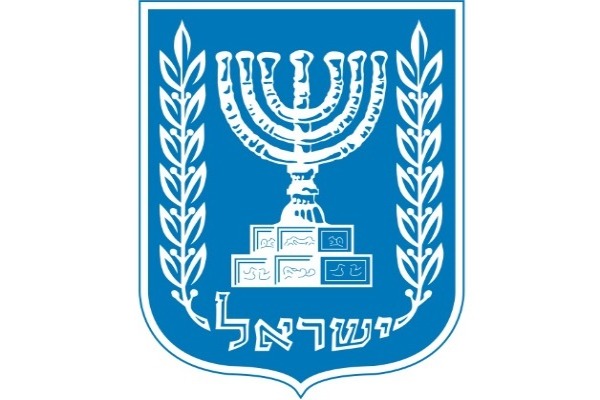
While the Star of David is displayed on the national flag of modern Israel, the menorah is also an emblem and symbol of the State of Israel and appears on almost every official document in government and state offices, courts, and other national offices.
Noga Hareuveni, a renowned Israeli botanist and scholar of Judaic studies, believes that the Salvia plant, called “Marva” in Hebrew, and “Maramyah” in Arabic, inspired the design of the seven-branched menorah.
The Salvia plant, common in the Holy Land, can be used to make a healthy hot drink. Some suggest the Israelites encountered this plant in the wilderness during the Exodus. Hareuveni founded the Neot Kedumim Park in Israel, a remarkable place to study the connection between biblical plants, trees and history and theology. The Bible is deeply connected to the earth, seasons, plants and humans.
The menorah is also represented in numerous ancient and modern artistic works and often depicted in Judaica, which encompasses Jewish religious, spiritual and ceremonial art. One of the most famous artistic representations is the "Knesset menorah," a bronze sculpture located at the entrance of the Israeli parliament building in Jerusalem.
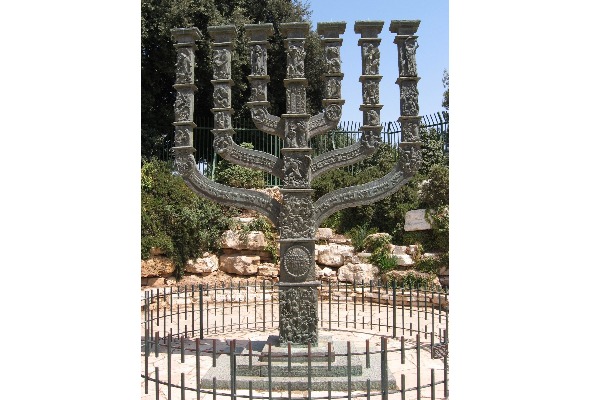
The massive sculpture was gifted by the British Parliament in 1956 to commemorate Israel's independence. Standing 4.3 meters (14 feet) high and weighing 4 tons, it features 30 reliefs depicting significant events and figures from Jewish history. The menorah symbolizes the resilience and spirit of the Jewish people and aligns with Israel's state emblem, based on the Temple menorah depicted on the Arch of Titus in Rome.
Despite some initial religious concerns, it is now a celebrated icon, representing a blend of Jewish heritage and the modern State of Israel.
In antiquity, the menorah was frequently represented, although Jewish law likely forbade creating an exact replica. The late 4th–5th century A.D. Jewish book of the Talmud states: "A man may not make a house after the design of the Temple... a table after the design of the table or menorah after the design of the menorah."
During the Roman period, the menorah was sometimes depicted with one or two fewer branches to respect this command, or with less accurate decorations.
Over time, particularly after the destruction of the Temple, representations of the menorah became more flexible. The last Hasmonean king reigning at the end of the 1st century B.C., Antigonus II Mattathias, an enemy of King Herod, struck bronze coins with the seven-branched menorah, which is depicted on Israel's current 10 agorot coins.
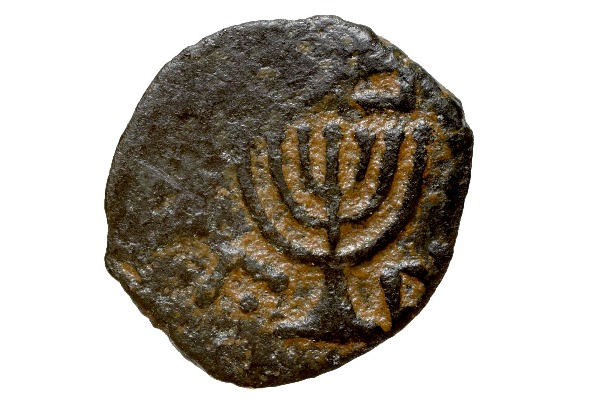
The menorah on the coin is unique because the artists who designed it had most probably seen the actual menorah in the Temple, making it an authentic model of the original Temple menorah in Jerusalem.
Another depiction from this time was likely drawn by a Jewish priest in an aristocratic mansion before Jerusalem's destruction in 70 A.D. This graffiti can be seen in the Wohl Archaeological Museum (The Herodian Quarter Museum) in the Old City of Jerusalem today.
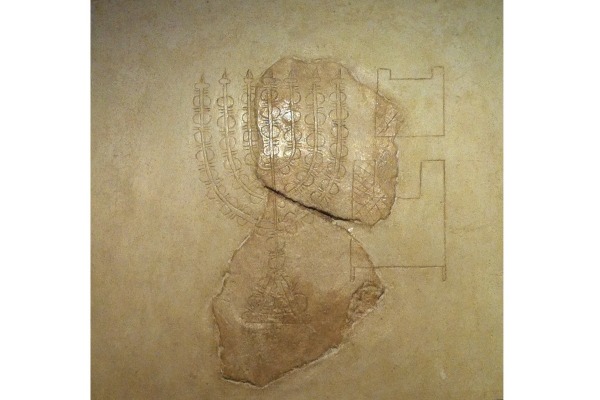
The most significant and well-known representation of the menorah from antiquity, which also directly inspired the modern Israeli emblem, is the depiction on the Arch of Titus in Rome. This arch, built after the reign of Emperor Titus, commemorates his triumph and victory over Judea in 70 A.D., including the destruction of the Temple.
It shows Judean prisoners and Roman soldiers carrying the spoils of war, including the golden menorah. This representation is considered one of the best historical and accurate depictions of the original menorah that stood in the Temple until 70 A.D.
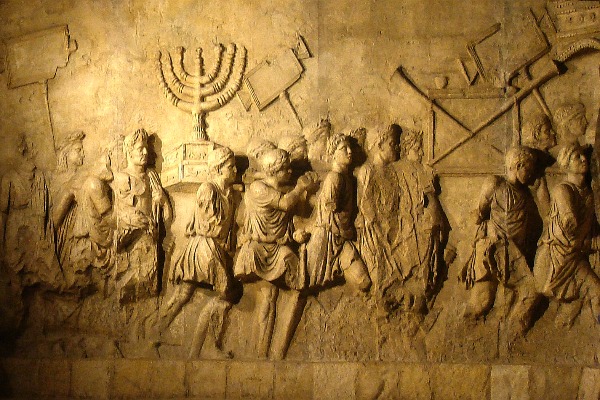
While some Jewish scholars believe the Temple housed more than one menorah during antiquity, the primary menorah was taken by the Romans during the second destruction of the Temple. Unlike the Ark of the Covenant, which disappeared before the first destruction of the Temple by the Babylonians, the menorah was a daily tool in both temple services.
There is no consensus about this historical interpretation but the geometric-shaped base of the menorah depicted on the Arch of Titus, made of several different panels, seems to be a Roman addition to stabilize it during the triumph and its exhibition in a pagan temple.
The base features animals – contrary to Jewish law that forbids the representation of humans and animals – and it doesn’t match other ancient menorah depictions. Most early menorahs depicted in antiquity have three legs.
Although it wasn't common to represent the menorah during Jesus' time, a stone was discovered some years ago at the 1st century A.D. synagogue of Magdala, which is often interpreted as a schematic representation of the temple of Jerusalem. This stone shows a seven-branch menorah together with other temple items, such as the olive oil amphoras. This means the menorah wasn't completely banished but was shown in cultic and official contexts during Jesus' time. During the Byzantine period, the menorah appeared much more often, in almost every synagogue.
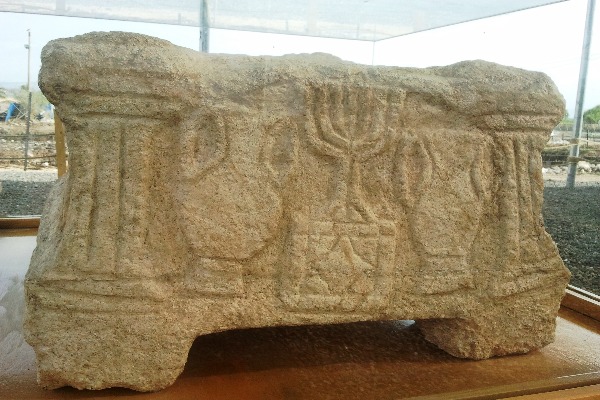
Today, the Temple Institute, a Jewish organization based in the Old City of Jerusalem near the Temple Mount, is focused on preparing for the rebuilding of a new Jewish temple. The institute, led by prominent rabbis, is recreating the exact items and tools needed for daily service in the temple. One of the main items, the golden menorah, has already been cast and is on display in the central square of the Jewish Quarter. While some Orthodox Jewish movements don’t recognize this version of the menorah as correct, it is widely accepted by the majority.
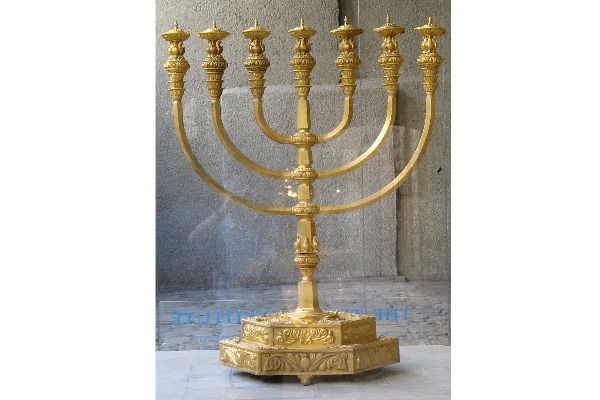
In 2019, a group of 11 German Christians presented a 265-lb golden menorah to Jerusalem. The life-size replica of the Temple candelabrum traveled from Germany via Rome to Haifa port and was unveiled on May 9 in Jerusalem. The group, called "The Menorah Project," raised €120,000 (about $129,000) in private donations over a year and a half.
The menorah, modeled after the one on the Arch of Titus, was given as a gesture of solidarity and a gift for Israel's 71st Independence Day. The project aimed to acknowledge the church's historical failures and ask for forgiveness.
Displayed in its original place inside a reproduction of the Tabernacle, another menorah copy is currently exhibited at Timna Park in Israel. Christians visiting the park and the Timna Tabernacle reproduction can gain new insights into the profound Christian interpretation of the Old Testament's message for humanity: The tabernacle represents the body of Christ, housing the Holy of Holies and the presence of God. The inner golden-plated acacia walls, representing the church, reflect the light of Jesus Christ, symbolized by the shining menorah.
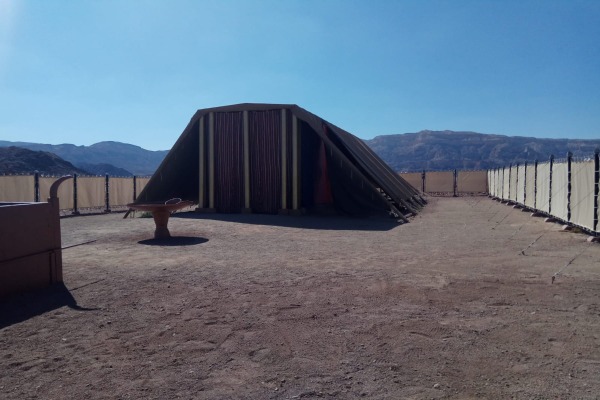
While the menorah has a very ancient history that began at Mount Sinai and perhaps even earlier, inspired during the travels of Abraham and the early Hebrew patriarchs in the wilderness while possibly observing wild Salvia branches, it remains a vivid and powerful symbol for both the Jewish and Christian worlds. In the Bible, it is often directly connected to the divine essence, for example in the Book of Revelation.
More than being the Israeli emblem, the menorah is a powerful symbol of divine light for Christians and Jews alike.

Aaron Goel-Angot is a Belgian-Israeli archaeologist with an expertise in antiquities identification. He is an enthusiastic numismatist and a licensed tour guide. He holds a BA degree in archaeology from the Institute of Archaeology at the Hebrew University of Jerusalem. He joined the ALL ISRAEL NEWS team as an Archaeology and Tourism correspondent. Aaron is married, father of three young children and lives in Jerusalem.
You might also like to read this:














